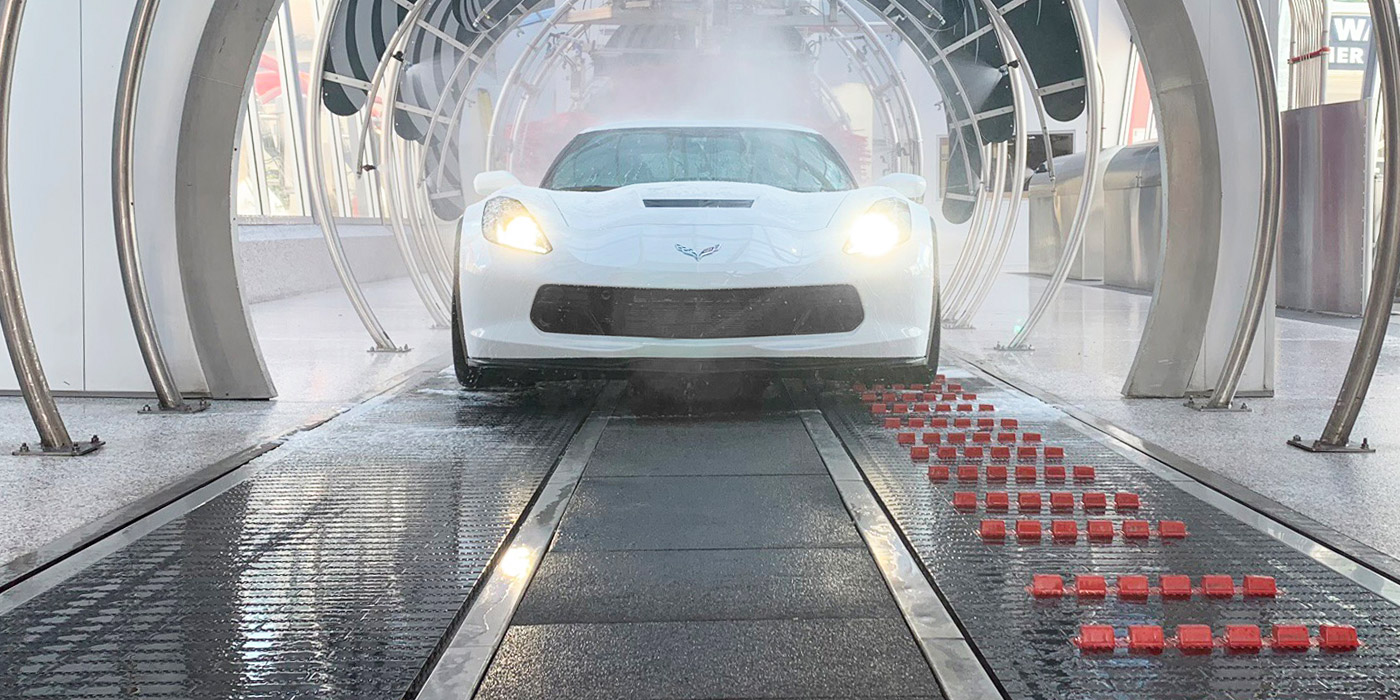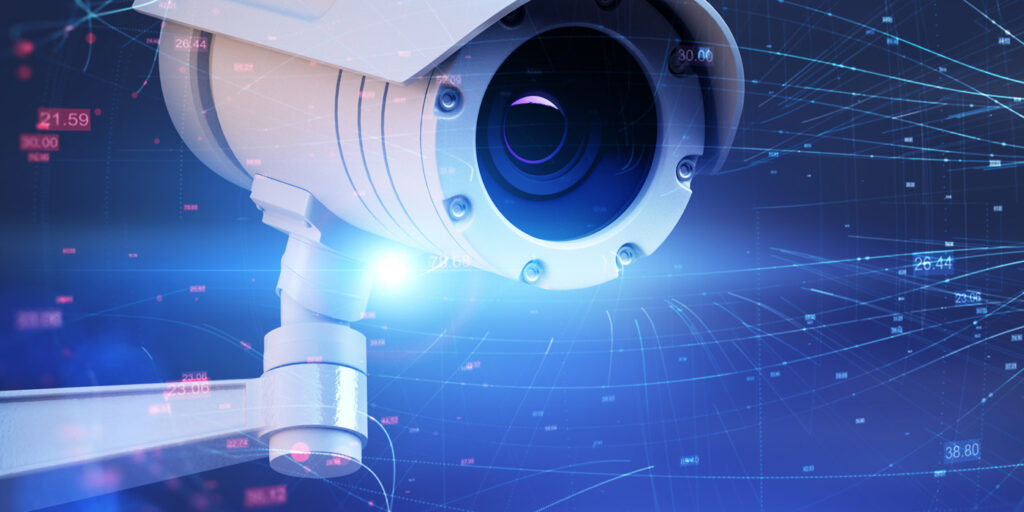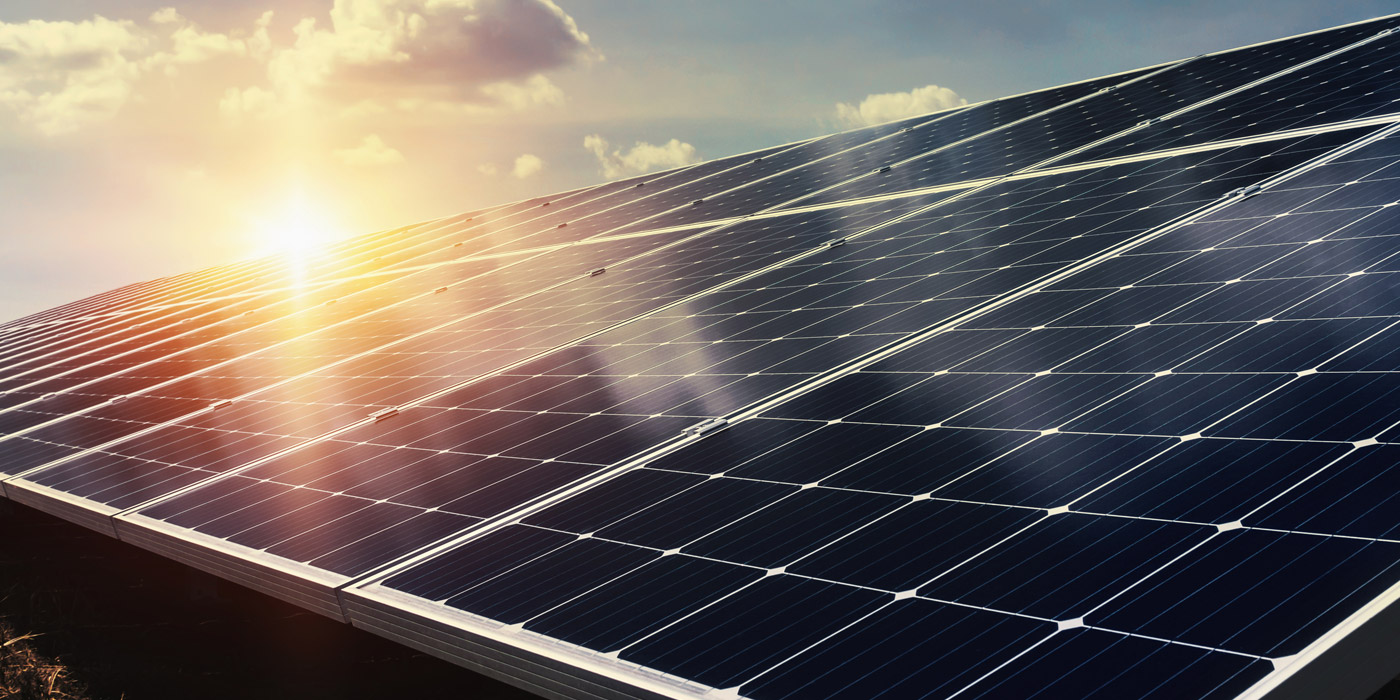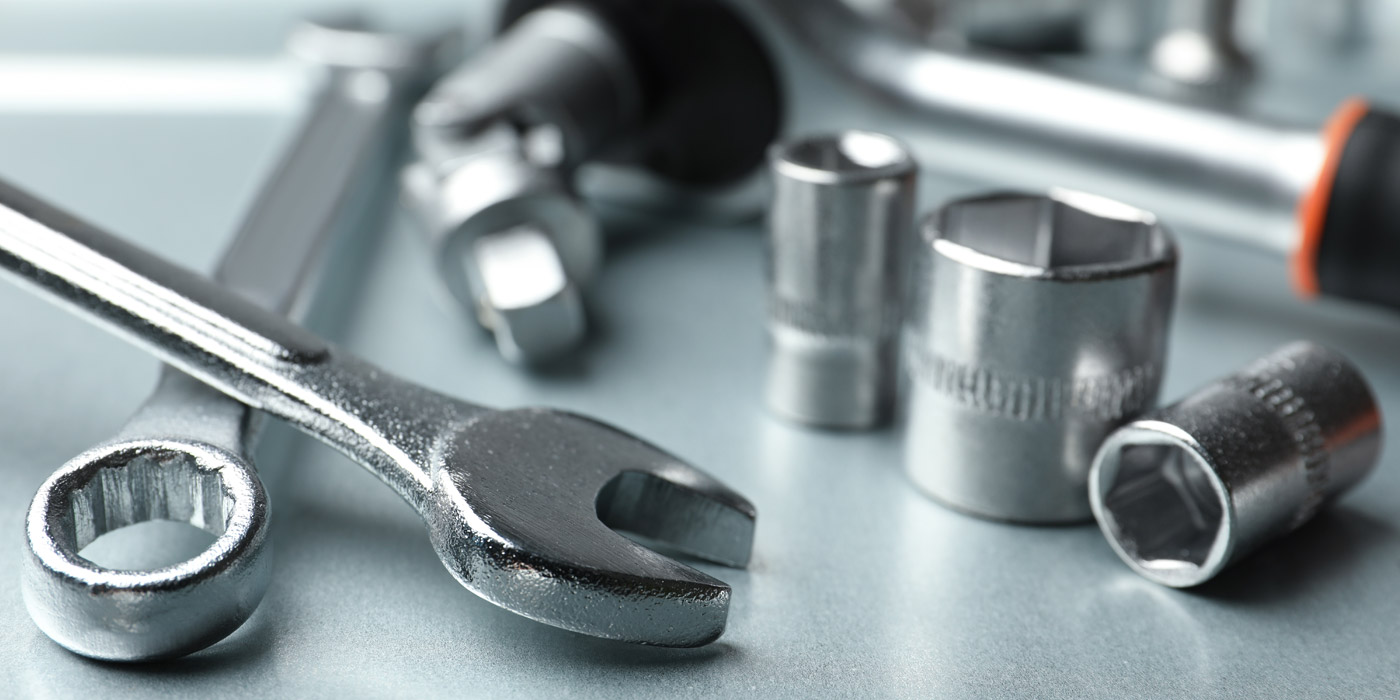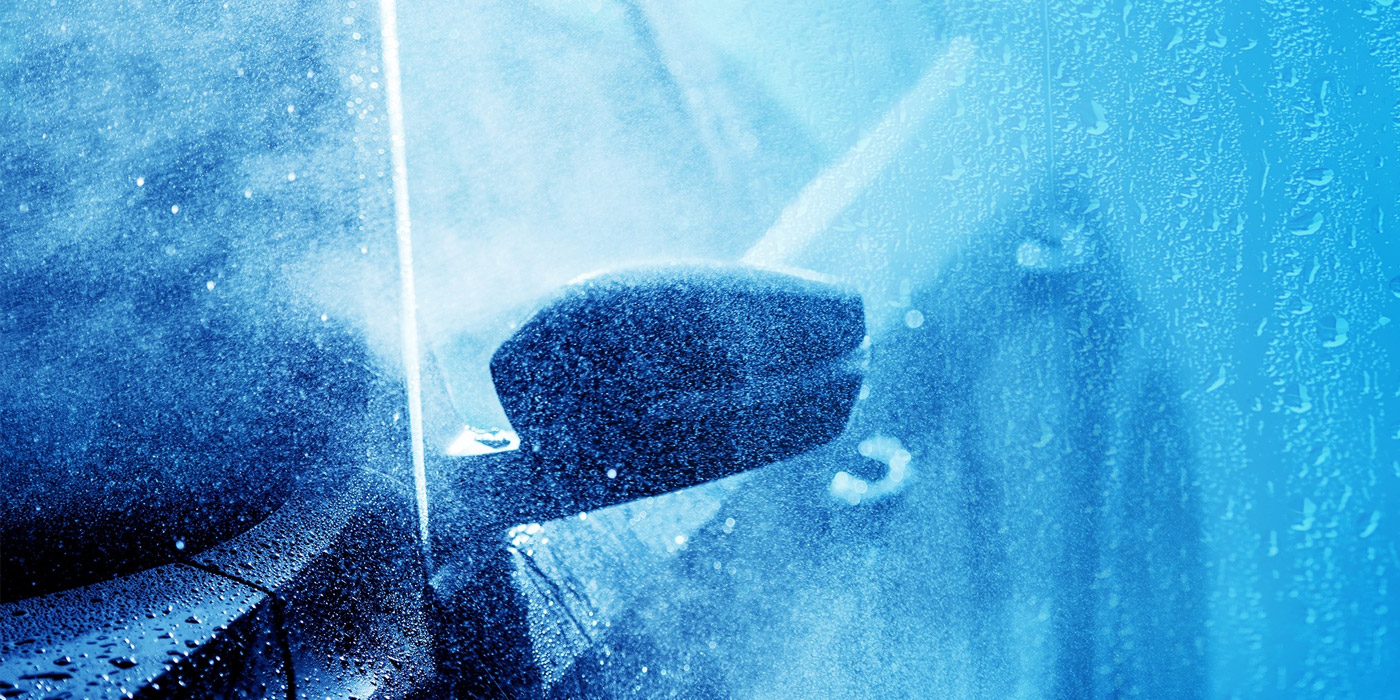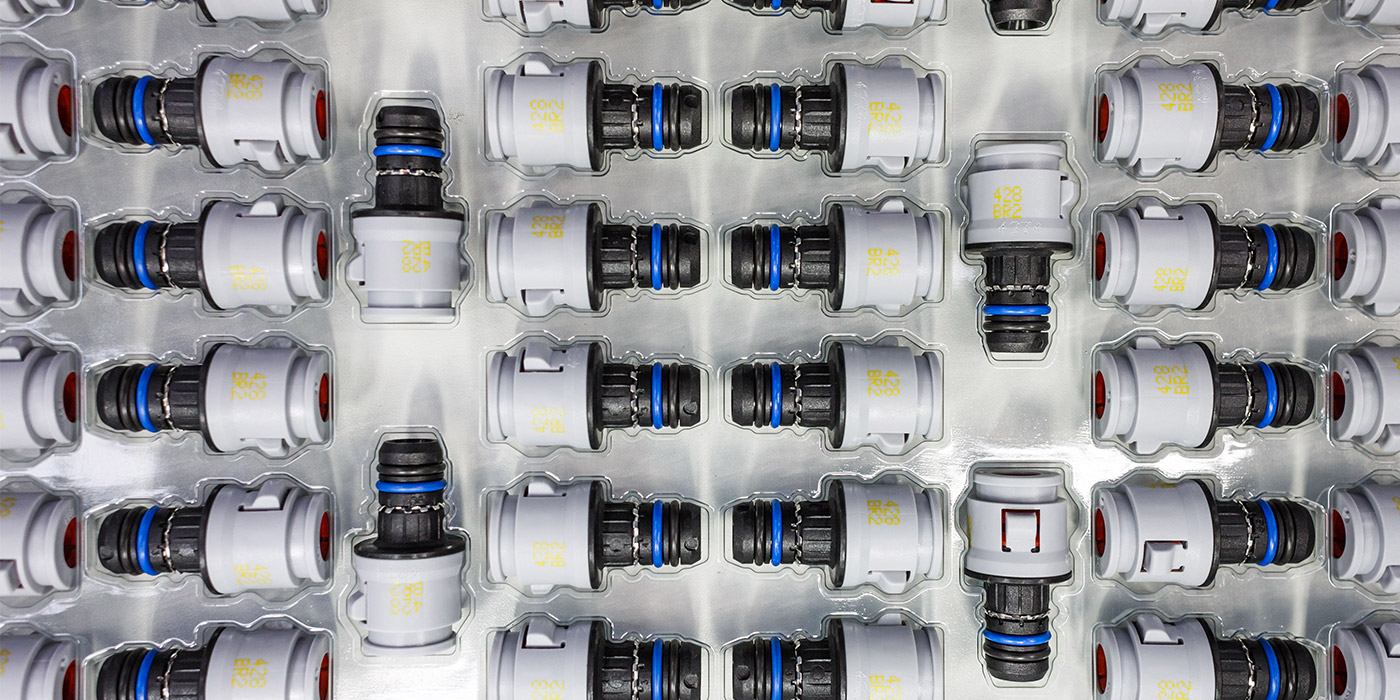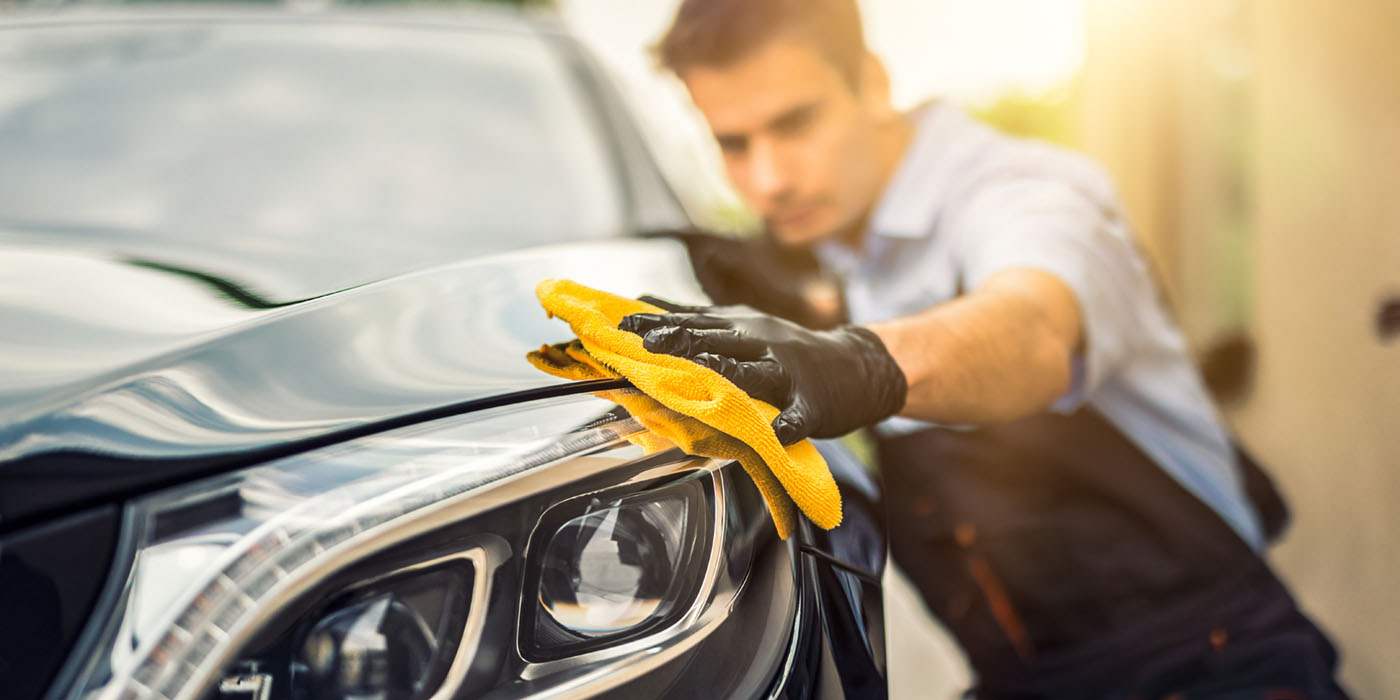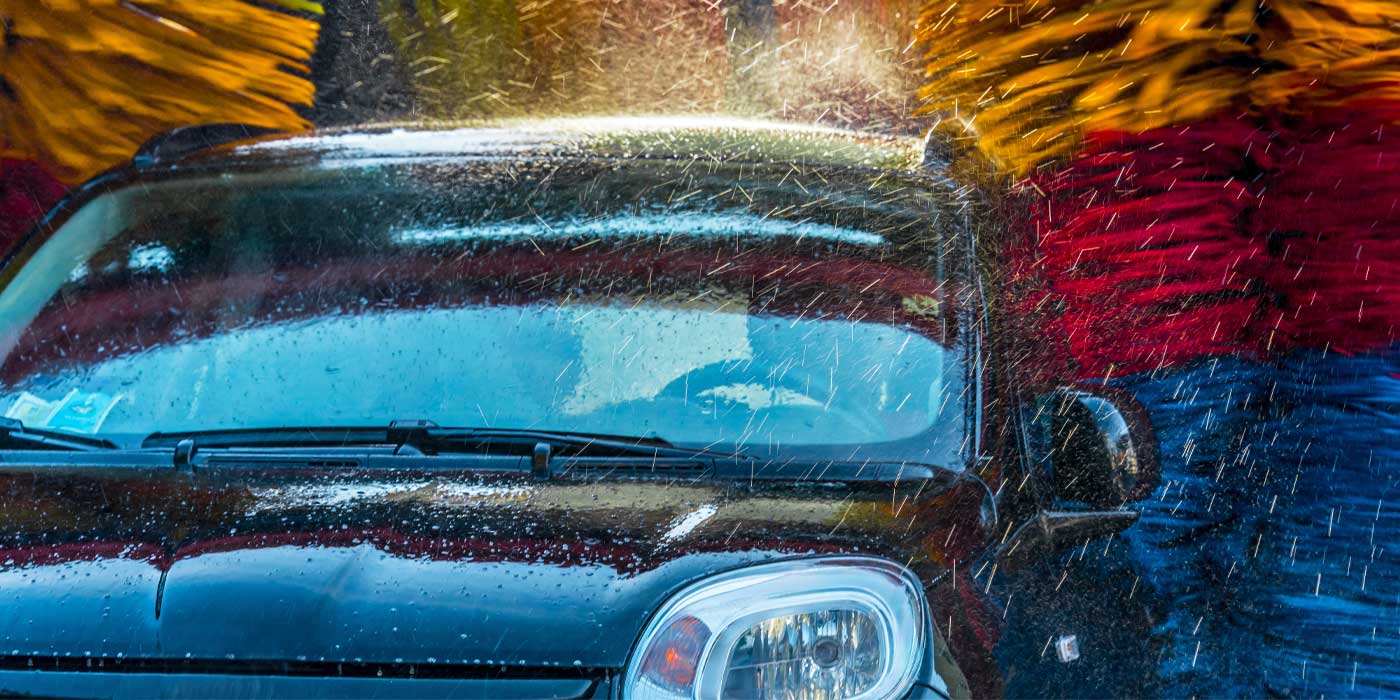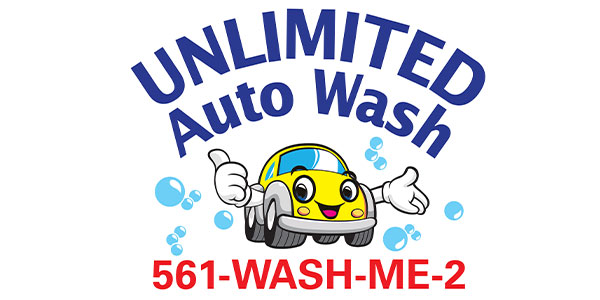In the hectic world of high-volume carwashing, operators can depend on a number of market forces changing the way businesses operate. Today, two themes show themselves again and again across the industry. First, many operators now deal with stronger competition than ever before. Next, carwash technology, such as light-emitting diode (LED) lighting, continues to develop and evolve.
In some ways, these two market factors work together. Dedicated customers may abandon a business if the new wash down the street offers better results, improved curb appeal or updated equipment. For the carwash owner content to depend on traditional technology, this is an opportunity to lose both customers and revenue. For forward-thinking operators, it’s a chance to earn more business.
One of the most exciting technology upgrades for carwash operators and owners over the past decade has been the advent of LED lighting.
LED upgrades are a rare breed of business improvements in that they offer a long list of benefits for the motivated operator. Experts agree that LED installation will lower a wash’s energy costs while reducing light system maintenance, offering new lighting options and improving a carwash’s overall appearance.
Today’s lighting options
LED is still a relatively young technology in commercial settings. As such, the options for LED lighting are continuing to evolve, according to Michael Call, VP of sales and marketing for Mile High LED Systems. Newer LED fixtures showcase many improvements, but the first factor, cites Call, is improved efficacy. Simply put, LED lights are now even more efficient.
“The efficacy of a light is measured by lumens per watt,” shares Call. “In years past, carwash lighting delivered between 90-110 lumens per watt. However, today’s LED lights provide efficacy ratings in the 120 to 160 lumen per watt range.”
This means a wash that upgrades to today’s highly efficient LEDs can expect to use up to 60 percent less lighting energy compared to the fixtures of years past. These savings will reduce an operator’s payback on an LED purchase and increase the site’s ongoing ROI.
Next, universal upgrade kits offer enhanced flexibility for carwashes that have not yet upgraded to LED lighting. Upgraded kits, says Call, now offer field adjustable wattage and lumen output. These provide better options for turning existing fixtures into power-saving LED lights.
Call gives the example of a customer with 175W metal halide wall packs, 250W high-pressure sodium pole lights and 400W canopy lights. With the upgraded kits, the operator can now buy a single product to upgrade all these fixtures and adjust the light output to his or her preference. This saves the carwash operator time, reduces the complexities with upgrading lights and eliminates the ability to make a mistake at the time of purchase by buying a light that is too bright or not bright enough.
Finally, the form factors for LED lighting fixtures are another area of improvement, according to Jason Baright, president of G&G Special Environments. In the past, most LED products were typically a shoebox fixture. Many operators found these fixtures didn’t provide the light output or the distribution they desired for their locations.
Today’s unique form factors provide options that were simply not available previously. The example Baright shares are linear LED fixtures which can be used in carwash bays and tunnels and on vacuum arches or tunnel arches. The linear construction means the strips are versatile and can be used in many places. While the versatility and wide array of uses are unique, the linear fixtures still do a nice job of evenly lighting different spaces.
LED best practices
Carwash owners must keep in mind many factors when purchasing LED lighting for their site. First, look for systems that include long-term warranties, recommends Andy Strickland, VP of petroleum lighting sales for Cree. Some fixtures, continues Strickland, include a limited 10-year warranty, and dependable LED systems have the added bonus of extremely limited maintenance requirements. Further, owners don’t have to worry about replacing lamps or ballasts with LED lighting.
“It’s fit and forget,” explains Strickland. “You do the upgrade, and you don’t worry about maintenance for a while.”
The biggest consideration when selecting LED lighting, states Baright, is understanding the lifetime rating of a fixture. While fixtures are available that are designed for 30,000 or 50,000 hours, there are also options designed to last 100,000 hours. With so many fixtures on the market, operators should ensure the product they’re installing is designed for a long lifetime in the rough carwash environment.
Call agrees. “Most carwashes operate lights from dusk to dawn — a lot of hours. Therefore, you’ll want lights that last. Look for 100,000-plus hour LED life with five- to 10-year warranties,” he adds. “Anything less than that, and you risk having the light stop working just as you pay off the expense.”
Making an LED plan
Like most new technologies, making LED lighting upgrades may be an unfamiliar process for many owners. According to those we interviewed for this article, reputable manufacturers will offer planning materials and assistance with LED installation. This help includes oversight of the LED placements as well as computer diagrams to show how updated fixtures will improve a carwash location.
Call explains that some manufacturers will consider their employees as a consultant first, and then an LED lighting manufacturer and supplier representative. The materials offered include complimentary power savings reports customized for a location, photometric lighting design planning, utility rebate assistance and recommendations on more than 500 SKUs across three different brands focused on the carwash industry.
“We work with you and recommend the lighting upgrade that makes the most sense for your situation,” continues Call. “For example, a layout and a 3D simulation are performed for a carwash tunnel to ensure the lighting design meets city codes and to ensure the customer knows how [his or her] location will look after the purchase.”
Throughout the installation process, the company provides diagrams, if needed, and recommends exact mount locations for each light. There is an engineer on call to answer additional questions; and if needed, the company has a nationwide network of installers to install the lights.
According to Baright, customers working with his company are paired with a project manager. Basic data is collected: the length, width, height of bays or tunnels as well as the wall material. Next the space is modeled, and the operator is provided with a computer-generated lighting plan. Fixtures are placed in the lighting plan, and the rendering gives the operator a good idea of what the bay will look like, the uniformity of the lighting and the brightness levels.
The complimentary diagrams give customers a good picture of what he or she is getting before it is installed. Typically these lighting plans will help with any town or jurisdiction approvals as well. Provided in a similar fashion, Baright says payback numbers can be run that compare new fixtures with what the wash has now so an owner can understand his or her unique LED lighting payback.
Installation and positioning
When it comes to installation, a number of factors affect fixture upgrades and lighting placement. The actual installation will generally take less than one day. Strickland estimates a tunnel with four or five fixtures could be upgraded in two to three hours.
Baright recalls a self-serve carwash where all bay upgrades were completed during a rainy day. Five self-serve bays and one in-bay automatic were upgraded over one afternoon with an estimated time of one to two hours per bay.
Inside a wash, one lighting issue Strickland notes with traditional carwash fixtures is a “cave effect.” With many lighting applications, the fixture is mounted on the wall of the carwash. There isn’t a lot of light generated at the high levels of the bay or tunnel, and the space doesn’t appear to be well-illuminated.
To fight the cave effect, Strickland suggests moving the illumination to the ceiling of a carwash. A canopy light system, for example, can offer a better reflective environment in a facility when ceiling mounted, adds Strickland.
Ceiling mounting is a viable option for self-serve locations and for carwashes where equipment is moving over a vehicle in a tunnel or bay. The ceiling application will get the fixture essentially out of the wash machinery’s way. Further, because of the uniform distribution of light, the LED light is not going to cause shadows. The space’s overall lighting will include contributions from the other fixtures while the carwash equipment is moving.
Still, says Strickland, there are some cases where an owner has to be more selective about a fixture’s location. Remember to never put a fixture above something that’s fixed and that would create shadows in a carwash.
With linear fixtures, placement can vary based on the workspace. This type of LED lighting can be used in any environment with a mounting height between eight and 14 feet, according to Baright. Tunnels and self-serve bays are usually 12 to 14 feet high. Detail bays are often about the same. All these spaces can typically use the same linear-style fixture.
“I guess detailing would be the only [format] where you would want to make sure that it’s a high color rendering index (CRI) fixture,” explains Baright. “It just does a much better job of replicating color. But other than that, it’s a pretty similar application.”
Choices will only increase as the LED industry matures, concludes Call. This typically means lower prices and more options for the customer. However, it also means a wider array of fixture quality. Thus, every carwash operator must complete the proper amount of homework before making a purchase decision.
Michael Rose is a freelance writer.





